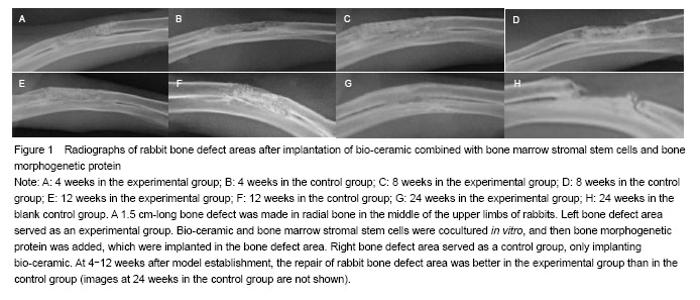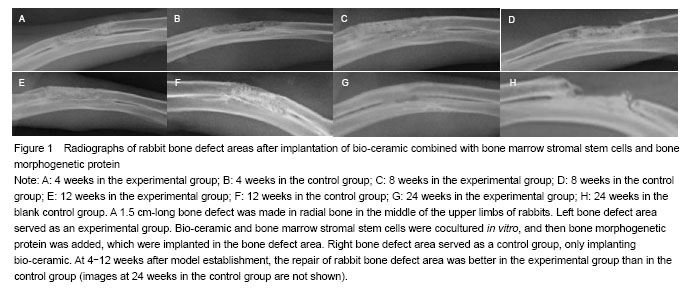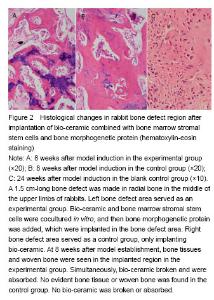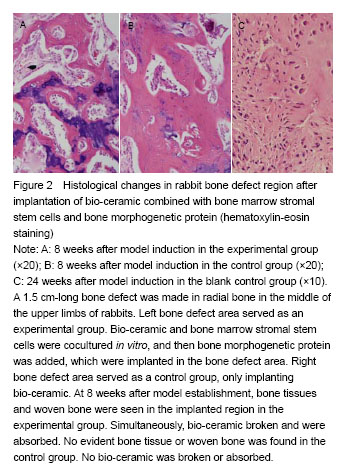| [1]Rong XF, Wu L, Yang XD, et al. Establishment of an animal model for reconstnlction of mandibular critical-sized defect in rabbits. Zhongguo Yike Daxue Xuebao. 2008;37(1):63-64.
[2]Pei GX. Tissue Engineering: A Laboratory Manual. Beijing: People's Military Publishing House. 2006.
[3]Hu L, Zhao C, Xu L. Fabrication and properties of porous ha ceramics with bionic structure. Shengwu Guke Cailiao yu Linchuang Yanjiu. 2011;8(8):4-7.
[4]Descamps M, Duhoo T, Monchau F, et al. Manufacture of macroporous β-tricalcium phosphate bioceramics. J Eur Ceram Soc. 2008;28(1):149-157.
[5]Jenkins DD, Yang GP, Lorenz HP, et al. Tissue engineering and regenerative medicine. Clin Plast Surg. 2003;30: 581-588.
[6]Bruder SP, Kraus KH, Goldberg VM, et al. The effect of implants loaded with autologous mesenchymal stem cells on the healing of canine segmental bone defects. J Bone Joint Surg Am. 1998;80(7):985-986.
[7]Minguell JJ, Erices A, Conget P. Mesenchymal stem cells. Exp Biol Med. 2001;226(6):507-520.
[8]Jin D, Pei GX, Wang Q, et al. New bone formation by bone marrow stromal cell combined with the bioactive glass ceramic using tissue-engineering methods. Zhonghua Chuangshang Zazhi. 2001;17(3):151.
[9]Li ZH, Peng H, Liao W. Study of the osteogenic ability of mesenchymal stem cells in vivo. Zhongguo Jiaoxing Waike Zazhi. 2006;14(9):680-689.
[10]Maniatopoulos C, Sodek J, Melcher AH. Bone formation in vitro by stromal cells obtained from bone marrow of young adult rats. Cell Tissue Res. 1988;254:317-321.
[11]Turner TM, Urban RM, Gitelis S, et al. Efficacy of calcium sulfate,a synthetic bone graft material,in healing a large canine medullary defect. 45th Annual Meeting, Orthopedic Research Society. Anaheim, CA, USA. 1999.
[12]Wang J, Xiao G, Chen Y, et al. Osteoinductive activity of self-made human bone morphogenetic protein-2 composite bone in bone repairing. Zhongguo Zuzhi Gongcheng Yanjiu yu Linchuang Kangfu. 2010;14(21):3806-3819. |



